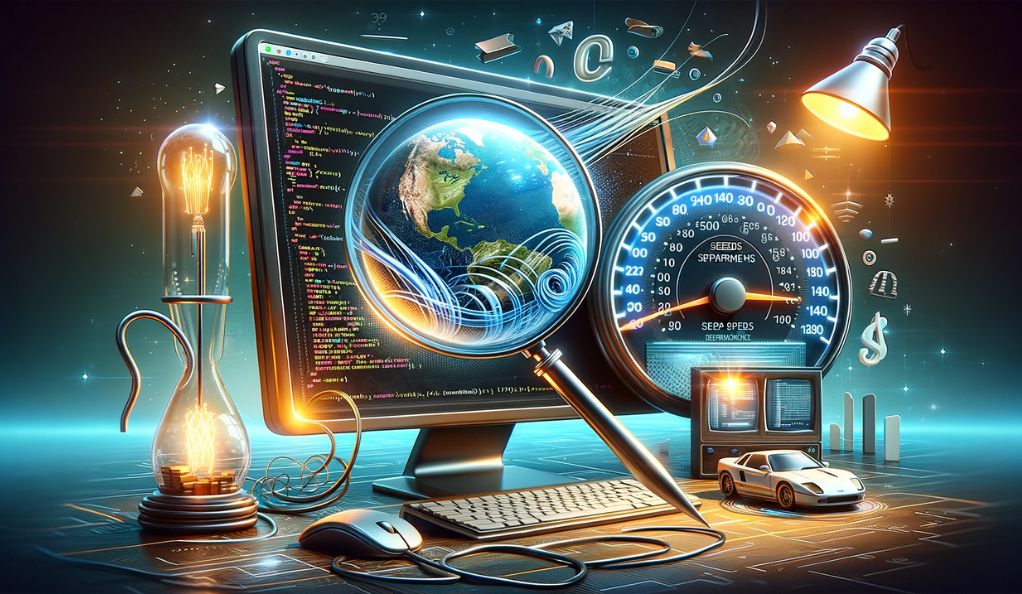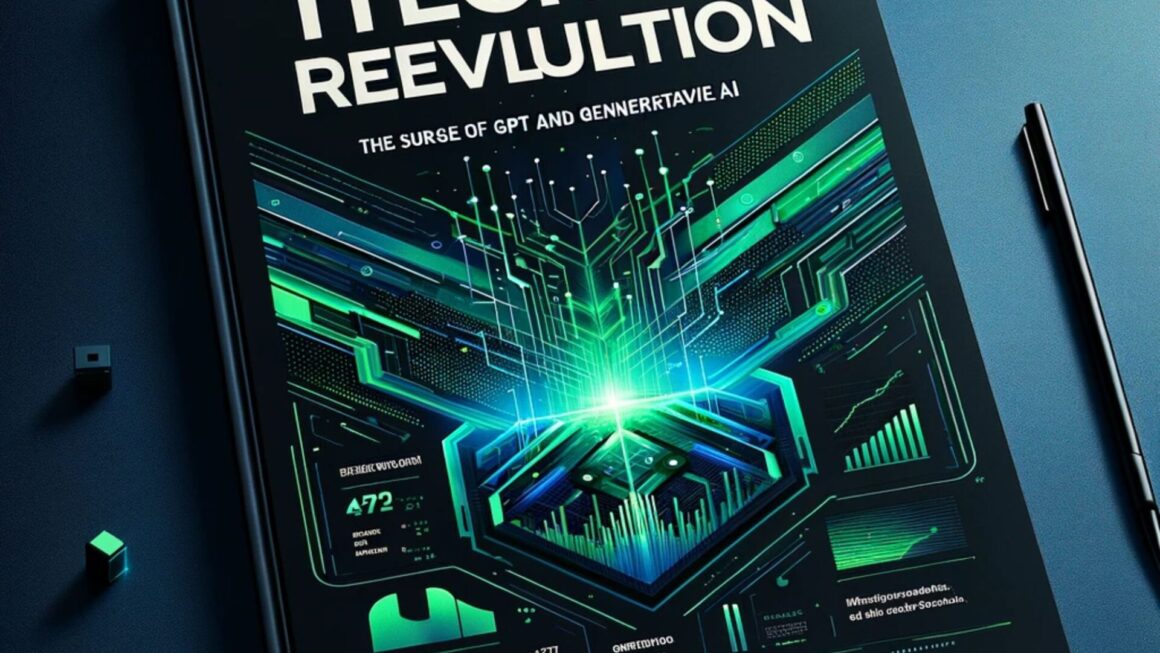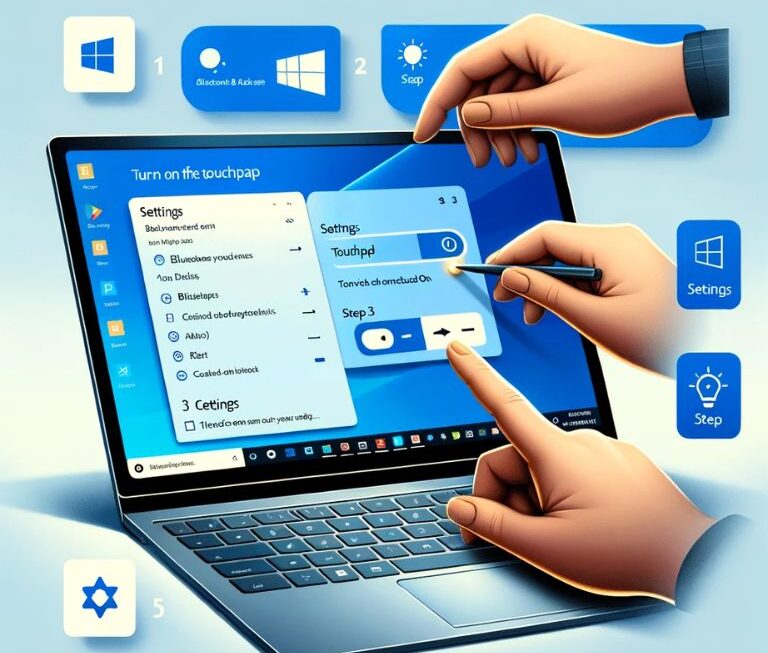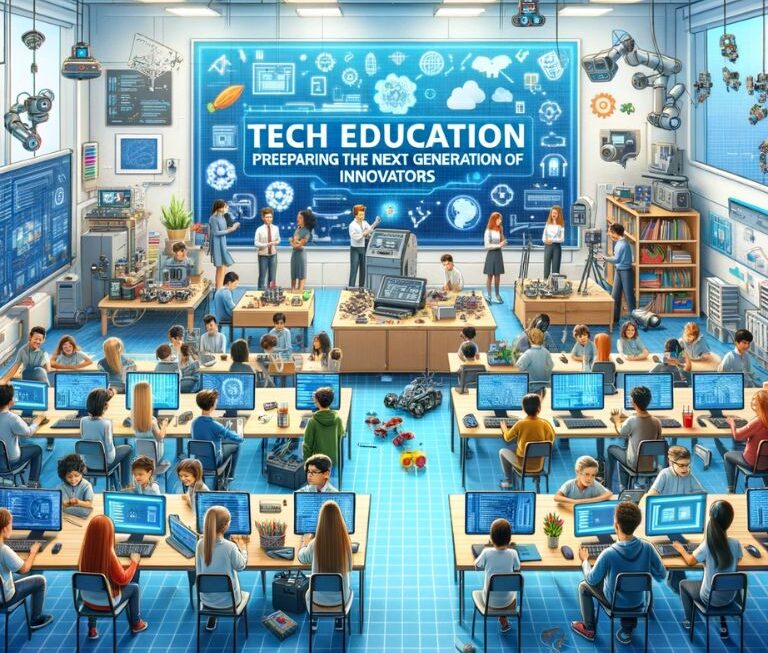Python has long stood as a titan in the programming world, renowned for its simplicity and versatility. The Python Developers Survey serves as a barometer for the language’s evolving ecosystem, capturing the changing preferences of its vast community. As we pore over the latest survey results, a narrative unfolds, chronicling the gradual sunset of Python 2 and the burgeoning dominance of Python 3. This article aims to dissect these trends, offering a window into the collective mindset of Python developers worldwide.
End of Life for Python 2
The cessation of Python 2 was a significant milestone in the language’s history. After two decades of faithful service, the Python Software Foundation’s decision to halt its support sent a resounding signal across the industry. This move was not abrupt but a well-telegraphed conclusion, giving developers ample time to prepare for the transition.
Security and Sustainability Concerns
In the wake of Python 2’s retirement, security and sustainability have become pressing concerns for those clinging to the outdated version. The absence of official patches means any new vulnerabilities discovered in Python 2 would leave applications exposed and maintainers scrambling for solutions. This precarious position has nudged even the most reluctant developers towards the more secure harbors of Python 3.
Community and Library Support
The Python community’s decision to rally behind Python 3 has been a unifying force, consolidating efforts and innovation. This unity is evident in the development of libraries and frameworks, which are now predominantly released and maintained with Python 3 compatibility as a given. The message is clear: the future is Python 3, and the community is moving forward together.
The Network Effect
The network effect is in full swing within the Python ecosystem. As the community grows around Python 3, so does the wealth of shared knowledge, resources, and collaborative projects. This collective momentum not only makes Python 3 more appealing but also exponentially increases its value with each new adopter, creating an environment where staying with Python 2 is no longer tenable.
Language Features and Enhancements

Syntax and Performance Improvements
Python 3’s syntax improvements have not only made the language more user-friendly but have also ironed out inconsistencies that once frustrated developers. The new syntax encourages cleaner and more maintainable code, which is easier to read and share. Performance enhancements, while incremental, have cumulatively shaped Python 3 into a faster and more responsive language, capable of meeting modern computing demands.
Unicode and Type Hints
One of the most lauded changes in Python 3 is its native and seamless support for Unicode, which has simplified the handling of non-ASCII text. Furthermore, the introduction of type hints has been a boon for developers seeking to create more robust and self-documenting code. These type annotations, while optional, enable better code analysis and error detection before runtime.
Educational Shifts
The educational pivot towards Python 3 is perhaps one of the most influential factors in its adoption. Aspiring programmers are now almost exclusively trained in Python 3, ensuring that the next generation of developers is not only proficient in the latest version but also unfamiliar with the legacy Python 2. This generational shift has a profound impact on the language’s trajectory, as these new developers join the workforce and contribute to Python 3 projects.
Corporate Migration and Influence
Big Players Make Big Moves
The migration stories of tech behemoths have been particularly influential. Companies like Google and Facebook have shared their journeys toward Python 3, providing roadmaps and tools that have made the transition more approachable for others. Their endorsements of Python 3 carry significant weight, setting industry standards and expectations.
The Ripple Effect
The influence of these corporate migrations cannot be overstated. As industry leaders transition to Python 3, they create a ripple effect that encourages smaller companies and independent developers to follow suit. This trickle-down effect has been instrumental in phasing out Python 2, as the industry at large seeks to stay current with the technologies used by market leaders.
Conclusion: Embracing the Future with Python 3
The Python Developers Survey paints a clear picture of a community in transition, one that is increasingly leaving Python 2 behind in favor of the more advanced and supported Python 3. The language’s evolution is a testament to the community’s resilience and forward-thinking nature, ensuring that Python remains a dynamic and cutting-edge tool for developers. As the community continues to grow and innovate with Python 3, the language’s future looks brighter than ever, promising to retain its place as a cornerstone of the programming world for the foreseeable future.




